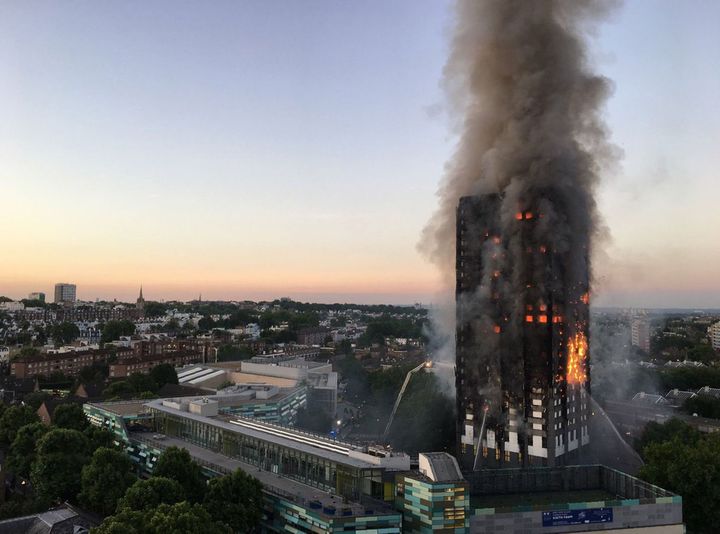
Today’s interim report on fire regulations in relation to the Grenfell Tower fire confirms what many of us have always known. In the words of Judith Hackitt, ‘the route for residents’ concerns to be raised and addressed is unclear and inadequate’. Hackitt has held interviews with panels of experts and residents around the country, but not those directly involved with the Grenfell tragedy.
If she had, she would have learnt that in Kensington and Chelsea, the line of communication was clear. The building owner was the Council, and the management was the KCTMO. In this case, it wasn’t that residents did not know who to contact, it was that they were not listened to.
Residents had called on RBKC Council and KCTMO to deal with innumerable problems relating to fire safety and access in Grenfell Tower over many years. They were mocked and side-lined by those in authority. In 2013 RBKC solicitors sent the bloggers behind Grenfell Action Group a ‘cease and desist’ letter in relation to their warnings. In November 2016 the blog stated: ‘it is a truly terrifying thought but the Grenfell Action Group firmly believe that only a catastrophic event will expose the ineptitude and incompetence of our landlord’.
Instead of engaging with residents the Council had acted to silence them. Seventy-one people lost their lives on 14 June in an entirely preventable atrocity. Had they listened families would not have lost their loved ones, over 200 children would not be spending Christmas in bed and breakfast hotels, and we would not have a wounded and bereft community fighting for their rights to rehousing.
Hackitt notes in the foreword to her interim report ‘this tragic incident should not have happened in the 21st century’. This is true, but not because there was no defined line of responsibility. During her appearance at the Communities and Local Government Select Committee today, she repeatedly stated ‘it’s complicated’. But we need clarity.
There are many good points in the report, such as: an acknowledgement that the current regulatory system is not fit for purpose; the need for better defined roles and responsibilities, specifying who is accountable for fire safety; better oversight of construction, repair and maintenance work; tighter enforcement of building control; improved skills and competence in the design, construction and maintenance of buildings.
But the report omits to implement the one issue that many would welcome: a total ban on types of cladding which have any degree of combustibility. As matters stand, many Councils and other building owners have already begun work on ‘at-risk’ buildings with combustible cladding. But cladding which is simply ‘less combustible’ is still legally permitted as the current guidance has not be updated or improved.
The Royal Institute of British Architects expert advisory group has called on Hackitt to implement an immediate ban on all cladding with any degree of combustibility. They also call for a greater role for sprinklers and recommendations that high-rise buildings should have two staircases.
A summit is being called for late January to discuss the next steps and work towards a further report in spring with recommendations. They will look at good practice in other countries, many of which have far more stringent fire safety regulations.
We can only hope that the very obvious step of implementing the Lakanal House inquiry recommendations, after six people died in 2009 from an external cladding fire, will finally be put in action without further delay.
The ‘systemic problem’ which Hackitt refers to has clearly emanated from the ‘bonfire of red tape’ that was lauded during the coalition government, at a time when many were warning of it potential repercussions.
This is no time for complacency or delay, while people now living in tower blocks are afraid. Implement the Lakanal House recommendations now.
